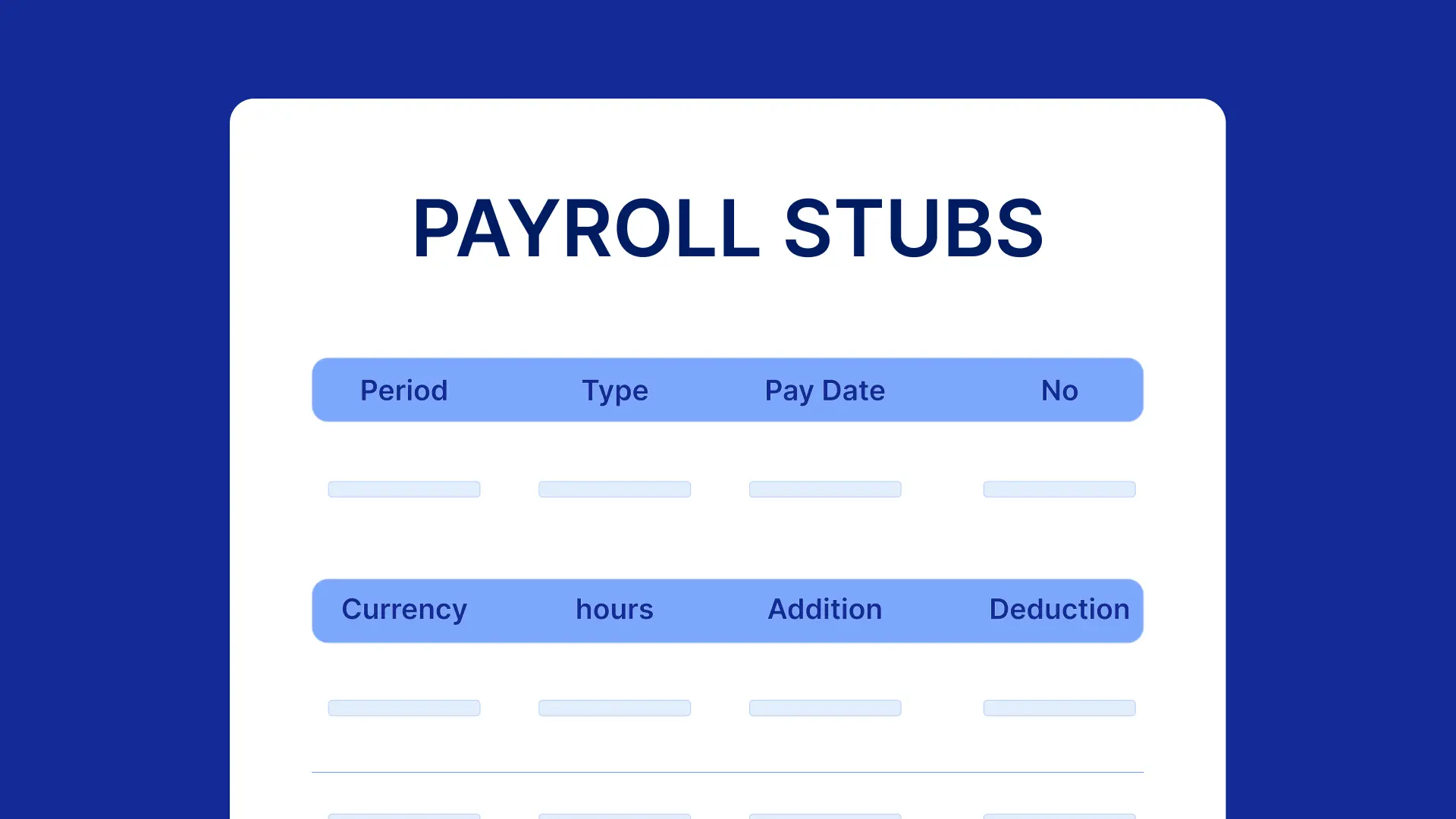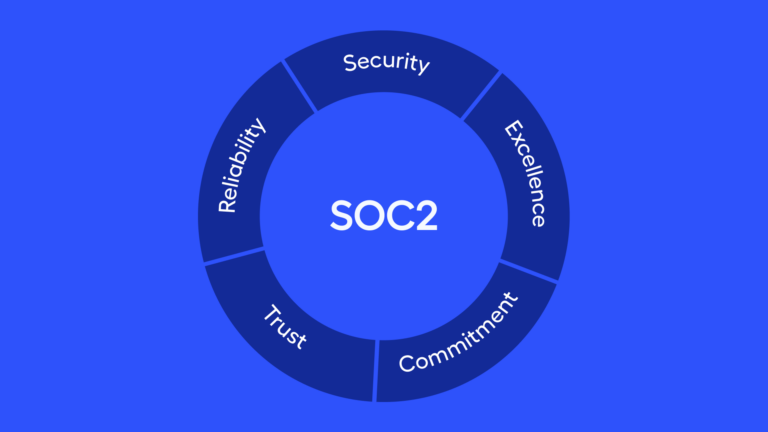Learning to create payroll stubs (the documents that are provided to employees as part of their paycheck) is key in any HR department. They help you accurately report earnings and deductions, ensure legal compliance, and maintain transparency with your team.
In this article, we explore how you can make a payroll stub for your employee in simple steps with a template and a breakdown of how pay stubs work. We also provide a suggestion for a tool that can save you time managing the process.
Paystub Workings
Here, we explore the key sections of a pay stub.1. Earnings
- Gross earnings: This displays an employee’s total earnings before any deductions. It encompasses regular pay, overtime, bonuses, commissions, and any additional income sources.
- Hours worked: For hourly workers, this outlines time worked, the corresponding pay rates, and the earnings for different categories such as regular hours and overtime.
2. Deductions
- Federal income tax: This reflects the amount withheld for federal income tax
- State income tax: If applicable, state income tax is itemized separately
- Other deductions: Health insurance premiums, retirement plan contributions, and other benefits are set out here
3. Net Pay
Net pay, also known as take-home pay, is the section of the paystub that represents the final amount that the employee will receive after all deductions have been subtracted from their gross earnings. This paystub example from Monday.com clearly shows how deductions and net pay look on a payroll stub.Creating Payroll Stubs
After understanding what a paystub is, the next question arises—how to create a paystub for employees? When a company hires a lot of people, it is a herculean task to make the pay stubs individually for all of them. That’s why many organizations choose to use automated tools that can generate stubs in minutes. Multiplier, for example, can calculate tax in multiple countries; this means all you have to do to generate an accurate and legal paycheck is to enter:- Contact information of the employer- company name, detailed address, contact number, and Employer Identification Number
- Contact information of the employee- name, place of residence, Taxpayer Identification Number, Social Security Number, or Individual Taxpayer Identification Number
- Hourly wage
- Total number of hours worked
- Total number of overtime hours put in
- Paid time off
- Bonuses received for the work during the period of the pay stub
- List of employee benefits
A Step-By-Step Guide To Creating Accurate Pay Stubs
- Gather all of the information listed in the section above.
- Calculate the employee’s total earnings before deductions. This should include regular pay, overtime, bonuses, commissions, and any other applicable income.
- Determine and itemize all deductions, including federal and state income tax withholdings and any other relevant deductions (e.g., health insurance and retirement contributions)
- Subtract the total deductions from the gross earnings to calculate the employee’s net pay.
- If applicable, include a section detailing your contributions, such as matching retirement plan contributions or health insurance contributions.
- Download our free editable template document where you can input the information. Double-check the details and distribute them among employees.







